Wandering Through a Musical Galaxy
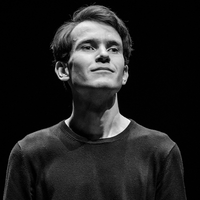
An Interview with pianist Dmitry Batalov
On October 26, Dmitry Batalov will present a piano recital Wanderer at Radialsystem Halle. The programme features works by Helmut Lachenmann, Leonid Hrabovsky, Giya Kancheli, and Franz Schubert. Alexey Munipov spoke with the rising-star pianist about the concert programme, the composers, and the physical experience of performing these works.
Dmitry, you are known as a pianist with a strong focus on contemporary repertoire. When you say “contemporary music”, what are we really talking about — how do you define it?
Dmitry Batalov: For me, it’s not just about chronology. Contemporary music is any music that, at the time of its creation, moved ahead of its own era. It turns out to be modern relative to some abstract interval of time that will only arrive later. That quality makes it contemporary forever. Schubert, Mozart, Brahms — they are just as contemporary as Lachenmann, because their music pushed boundaries.
What keeps that from being a description of almost all great music ever written?
Dmitry: Not every good piece was truly ahead of its time. But for those that were, this forward-looking quality is what secures their place in history. That’s why I prefer to think less about historical cut-offs and more about music’s inner vitality.
Yet in practice, festivals still use “contemporary” to mean post-Schoenberg or post-Webern.
Dmitry: True. But there’s so much confusion in this. When I started studying, the conventional boundary was the end of World War II. The year 1945 separated “contemporary” music,or the so-called “second avant-garde”, from earlier epochs. But now it’s 2025. We’re soon approaching a hundred years if you count from 1945 — how can we keep calling that “contemporary” in a chronological sense? We need to think in more universal categories.
At the same time, even early avant-garde works from the beginning of the 20th century can feel contemporary, although they were written 40–50 years earlier. They still sound fresh to audiences. And I actually like the idea that we can consider any truly great music from any period as contemporary. Honestly, that’s how I think. That’s why I’ve stopped identifying myself exclusively as a “contemporary pianist”. More than half of my programs are still new music, but I’m gradually moving away from that self-limitation. Now I think of myself as an interpreter of good music, regardless of when it was written.
You’ve even gone back to historical piano
Dmitry: Yes, partly to balance my immersion in modern repertoire. When I was a conservatory student, I plunged so deeply into ultra-modern music — there was so much new to master — that there was no time for going historical. In Basel I decided to expand — not just hammerklavier or pianoforte, but in general, to get back to Viennese Classicism, Schubert, Chopin. A few years ago I wouldn’t have imagined that.
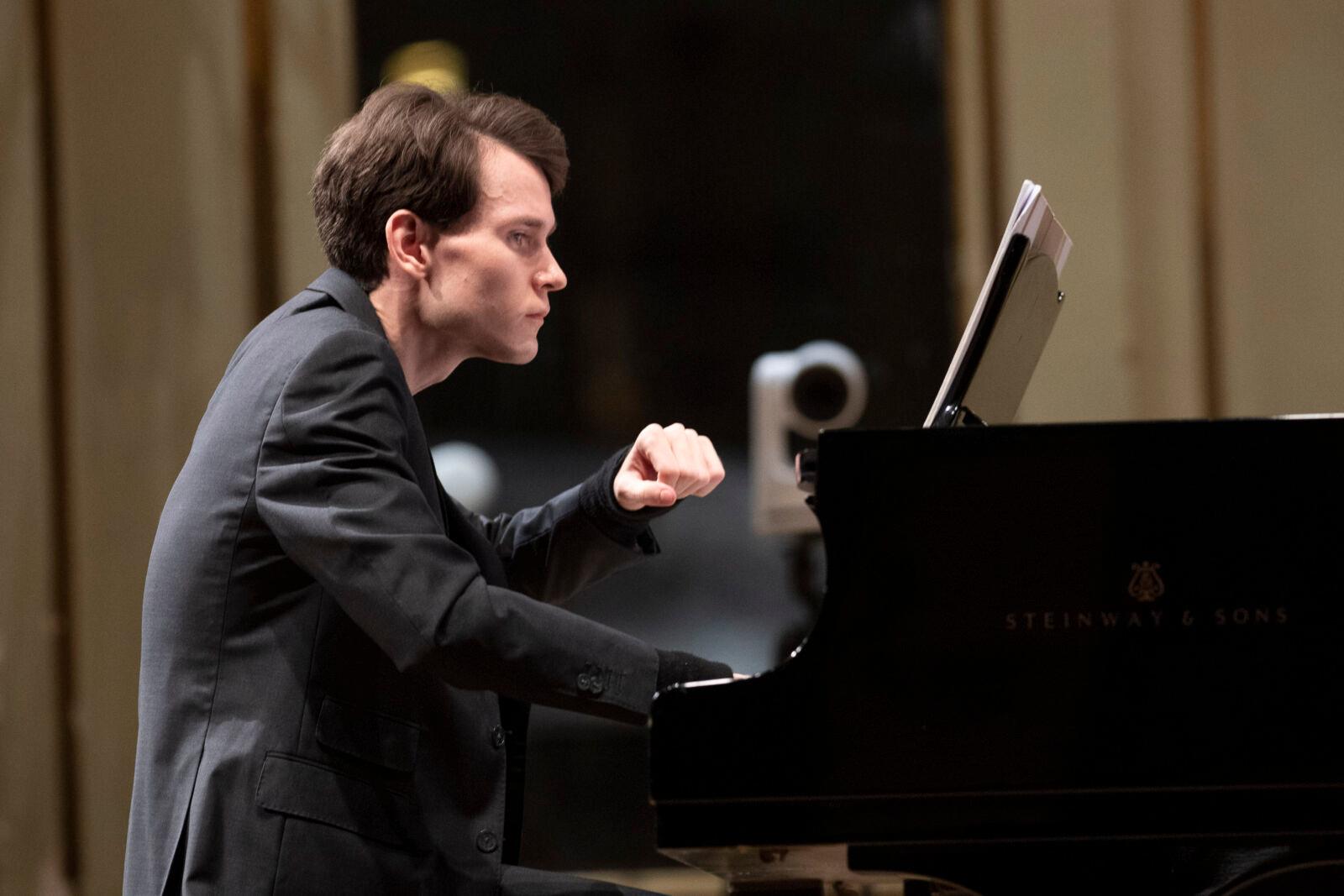
Career-wise, does the “new-music” label open doors for you, or box you in?
Dmitry: It helps managers and festivals who don’t know you yet — they can quickly grasp your profile. I’m not sure that’s good, but it is convenient. It’s immediately clear what you do.
That also makes me a kind of narrow specialist compared to broad-profile pianists who play anything and everything. But I don’t believe in the myth of the “universal pianist.” Even Richter wasn’t truly universal. What would that mean? That a pianist plays not only Bach but other Baroque composers; not only Chopin but the early Romantics; not only Stravinsky but also Myaskovsky. It almost never happens. Even for those considered “universalists,” you won’t find Purcell’s suites in their repertoire, or Field next to Chopin, or Louis Couperin — only François. And that’s not even mentioning the almost total neglect of post-1970s repertoire. Each epoch demands so much that you can’t go equally deep into all of them. And you don’t just need to dive in — you need to simmer there. Spend considerable time in an epoch — like, a few years. Then choose the next one. To embrace everything is an illusion. Even within contemporary music, every decade or country is its own world. The 20th century is an entire universe.
I’ve never regretted diving into contemporary music first. Now I resurface into earlier repertoire more selectively, focusing on just a few composers at a time. Two or three names are more than enough. That feels more honest.
Your recital is called Wanderer. What ties these very different pieces together?
Dmitry: The idea is that music doesn’t expire. It’s a continuum — like a snowball gathering layers. Inside the newest works, Schubert is still there. For this program, the starting point was Lachenmann’s Serynade. He does turn 90 this year, which is a happy prompt to play more of his work, but not the main reason — the decision is about the music itself.
Around it, Brahms first appeared — partly because Lachenmann adores Brahms and even embedded hidden Brahms quotes in the piece. But then we settled on Schubert. His piano writing, paradoxically enough, is very close to Lachenmann’s. Neither is a virtuoso in the Lisztian sense. Schubert sometimes, almost by necessity, wrote insanely complex, awkward things. The Wanderer Fantasy is a striking example. Schubert knew he would never be able to play it himself, yet he wrote an extremely difficult piece — not for showy effect, which was still unusual then, but to turn the fortepiano (not yet a modern grand) into a real orchestra. He did it more by instinct, more by ear — unlike Beethoven. This orchestral imagination is close to Lachenmann’s approach. Only here it’s not a 19th-century orchestra but a 21st-century one — with extended techniques and a re-invention of every instrument so that each new piece draws a new sound from it. This pursuit of new sound on the piano unites them — and that fascinates me.
Alongside these pillars we included two rarities: [the late great Georgian composer] Giya Kancheli’s Sarabande — a late, almost unknown piece — and Leonid Hrabovsky’s Second Homoeomorphy (1968). The Kancheli is still a mystery for me, as I haven’t received the score yet. It was commissioned for the pianist Sergei Babayan and was performed by him just once; Kancheli’s son sent it to us. But I’m used to preparing programs quickly and even like learning everything at the last moment, so I’m in pleasant anticipation. There will be an element of surprise — which I think can benefit us from inside the concert as well, not only the audience. They come to the hall not knowing what the piece is. With Kancheli you expect simplicity, lyricism, silence — but surprises too.
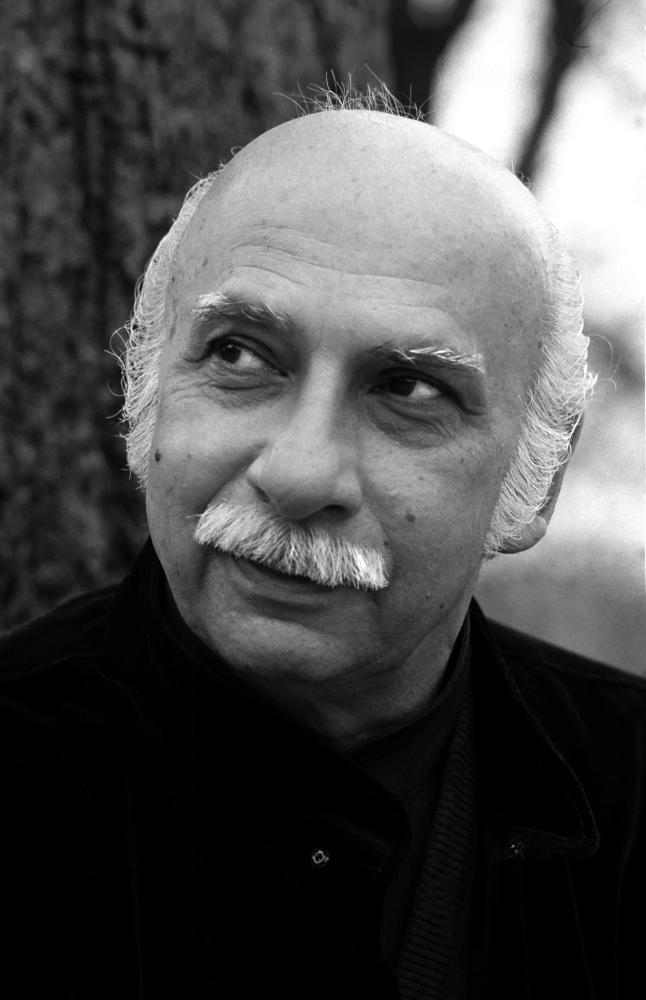
Giya Kancheli
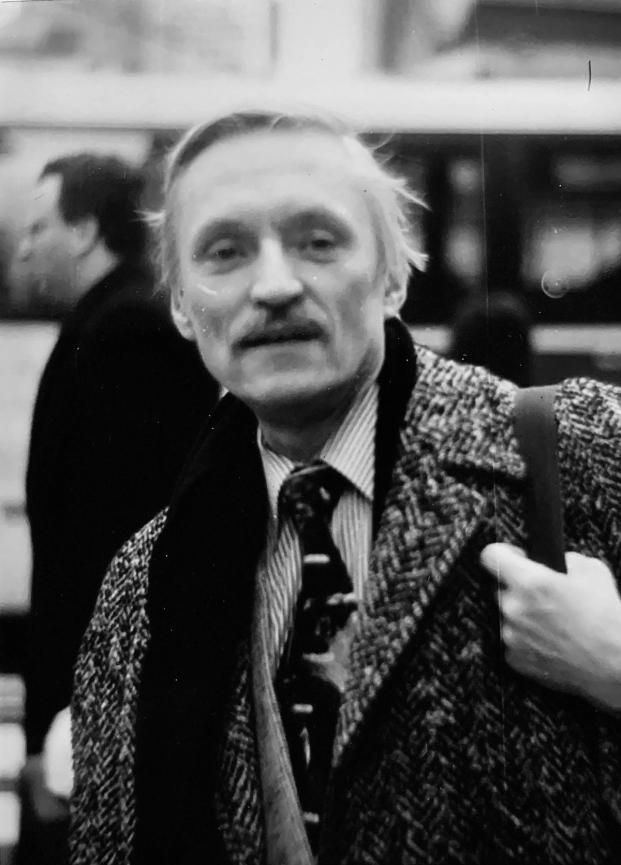
Leonid Hrabovskiy
And what drew you to Hrabovsky’s Homoeomorphy?
Dmitry: He is a Ukrainian avant-garde composer, still living, now in the United States. In the 1960s he wrote three pieces under the shared title Homoeomorphies, and I stumbled on them and became intensely interested. They resemble little else, and it’s especially hard to imagine that they were written in the USSR in the 1960s. So we contacted the composer, he sent me all three, and I chose one of them.
It intrigued me — precise timing, resonance textures, a blend of determinacy and chance. No recording exists, so I rely on the score, but it already feels alive. It reflects that 1960s atmosphere when even acoustic works bore the imprint of electronic experiments. The first serious synthesizer pieces were written then, and even in the pop music of the time this fascination with timbre is very audible. It invites doubt: am I hearing structure or coincidence? That questioning becomes part of the experience.
Hrabovsky, unlike many colleagues, stayed faithful to the avant-garde ideals — complex schemes, algorithms, calculations. That also feels like the spirit of the 1950s–1960s.
Dmitry: Yes, but can the listener hear that in the hall? And must they know it? Take the spectralists — Grisey or Murail. Their works were preceded by massive pre-compositional labor: computing spectra, working on mainframes; yet we now listen to them simply as beautiful sonoristic music, rich in timbre, as if composed by intuition. We have no idea what stood behind it. Perhaps that’s how it should be. In any case, it’s for the listener to decide.
His piece also fascinated me for its resonance-based writing and its strange kinship with Lachenmann — in a way, the manner of notation, and the mix of determinacy and spontaneity, feel related. I trusted my visual impression of the score — it’s beautiful on the page.
Can you tell just by looking at the score if the music is any good?
Dmitry: Sometimes I can. Though some scores may look awkward on the page but sound wonderful. Typically, you tune into your hands. For a pianist, that mechanism works unconsciously: you look with your eyes and your hands start trying to feel it. Sometimes, as you sight-read, they feel instant pleasure. Sometimes they shrink back and say, “What a nightmare — we’ll need to adapt so much, invent things.” And sometimes they start itching in anticipation. This is one of those cases.
By the way, it’s like that with Lachenmann too. His pages could hang on a wall — they’re beautiful like paintings. That aesthetic pleasure turns into a kind of pre-hearing.
How different is your bodily experience of these works?
Dmitry: Every composer projects their sense of physicality into piano writing. Playing Beethoven, Schubert, Brahms, or Lachenmann requires a different posture, breathing, touch. You literally feel like a different person physically. Sometimes even the clarity of your vision changes. Each new composer, each new bodily world of piano sensations asks something fresh of you; you try to find what resonates with your own body. We’re not trained to feel that — years of learning try to standardize pianists’ bodies. How should you place the hand? How should you hold the elbow? How should you sit? Heaven forbid a centimeter higher or lower. Every teacher will tell you something different. And will justify it somehow. But at some point you realize there is no single correct method that always works. You have to re-discover your physical approach for each composer — sometimes for each piece.
And then you simply hope you can switch gears in time. I’ve played pieces after which it feels like you won’t have hands left. Your hands might be covered in bruises after certain harsh and percussive playing techniques, your head spinning from the click track that’s been ticking in your ears the whole time. But those are extreme cases. Lachenmann and Schubert can be good neighbors — you can even play them back-to-back. Of course, the sensations of time are completely different.
So you feel like you step out of one bodily shell and into another?
Dmitry: Exactly. That’s why it’s so important to play pieces more than once. For a performer who mostly plays contemporary music, that’s far from a trivial issue. We can play a huge amount of repertoire, but most of it we play once in a season, then leave it for several years and return to it as if it were a blank page. That will, of course, feel like learning the piece anew. But if you have the chance to play a work several times across different seasons, and it doesn’t bore you, and each time you extract something new and useful — that’s the dream scenario. I’m very happy that with Serynade I’ve had that scenario for three years now.
So why Serynade? Why did you choose it as the evening’s central work? And how would you describe Serynade to someone who hasn’t heard it?
Dmitry: It’s a half-hour colossus — a summation of everything Lachenmann had done for piano until then. An encyclopedia of his philosophy of sound: attack and release, silence before and after sound, resonance as active material. He uses silent key depressions, the middle pedal, resonance tricks that create the illusion of multiple instruments or electronics — yet it’s just one piano. It’s a fantastic work. With minimal means he achieves effects that others wouldn’t reach with any electronics. You can’t quite grasp how and what is sounding. It’s hard to believe it’s just a single grand piano.
The central theme is the study of attack.
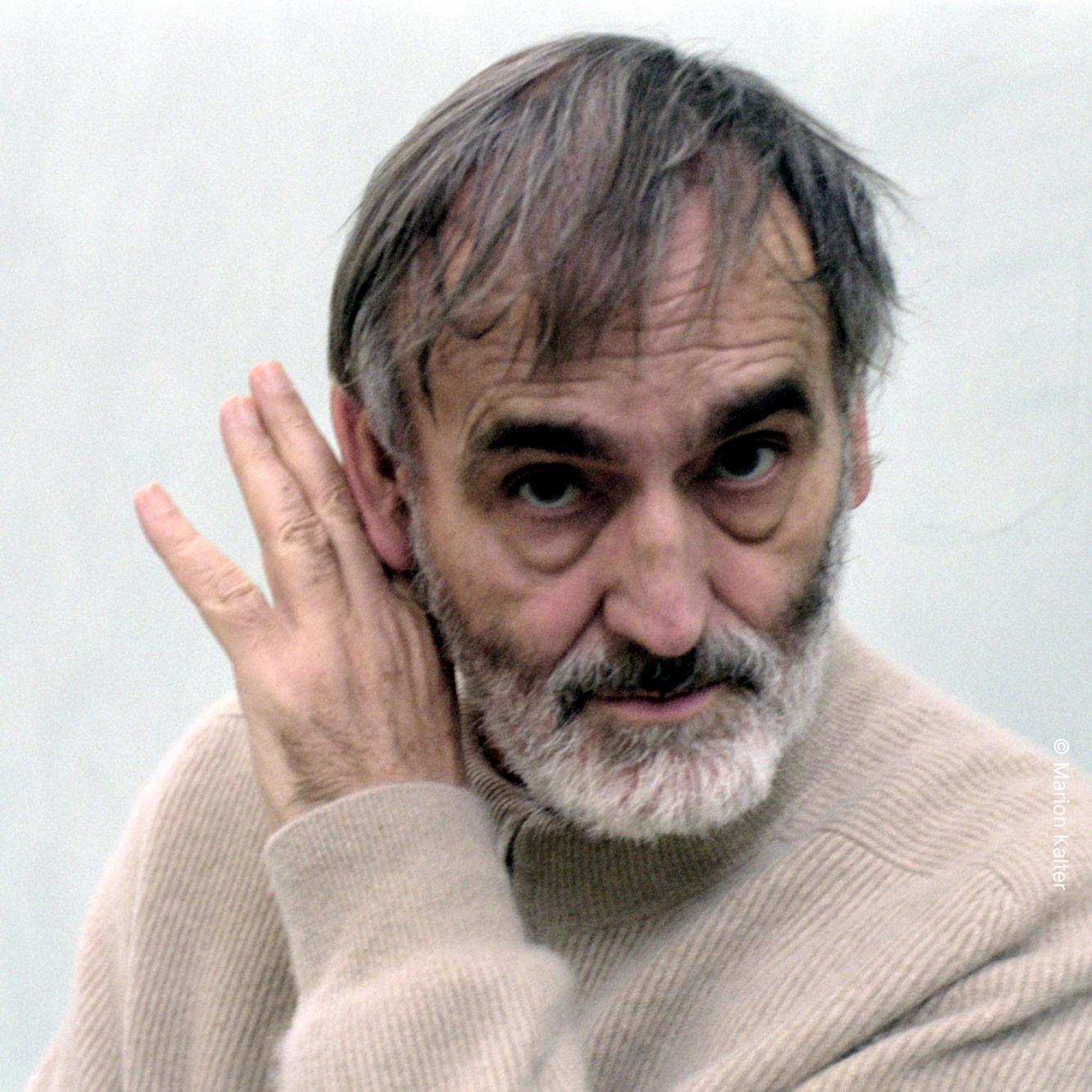
Helmut Lachenmann
You’ll have to walk us through that.
Dmitry: Okay, in simple terms: how does sound begin? You press a piano key, and it sounds. The moment of contact with the instrument and the birth of sound is called the attack. But the moment the sound stops — when we lift the hand from the keyboard, stop blowing into the flute, release an organ pedal — is no less important. And then there’s the moment of silence before the sound. Or the tension that arises in a rest before it’s broken and sound continues. A pause that precedes something — and a pause that serves as an afterword, you see? These are delicate things, hard to distinguish. But these different types of silence exist and are incredibly important — and for half an hour they’re explored in this piece.
You could say it’s an étude on noise and silence. Where is the border between them? How does that border sound? What distinguishes musical from non-musical sound? The piece balances with great skill on that threshold of sound and non-sound, noise and silence, because he plays with the piano’sresonance.
Piano resonance is, on the one hand, a very familiar thing: you open the lid, place the instrument on a big stage, and from the back row you hear how beautifully, thanks to acoustics and the instrument’s power, the bass notes resonate. It seems we’re simply hearing the note the pianist played. But in fact we’re hearing the string’s vibrations — which are no longer the attack itself. They’re consequences of the attack. We’re always listening to these consequences. Lachenmann goes further. He uses complex resonance techniques like silently depressing a single key or a group of keys, then striking a loud chord in another register — not so we hear that loud chord, but so we listen, immediately after it, to the reflections of the previously silent harmony, those other keys.
Or take his absolutely fantastic, virtuoso use of the middle pedal — the sostenuto — which in most classical repertoire is barely understood or used since it’s invention in the mid-XIXth century. It opens a new world: we can lift the dampers only for certain notes, certain chords, using the middle pedal on exactly those keys we depress, while keeping the dampers down on the rest of the piano. Then, playing on the keys whose dampers remain down and mute the strings, we end up listening less to the actually struck notes and more to the faint, ghostly glow of the chord we silently depressed and caught with the middle pedal. The ultimate goal is that phantom chord — even though we can’t say if it’s being played or not, whether it still sounds or has already died away. It’s a tightrope stretched, circus-like, between sounding and not-sounding reality. He makes us believe in this illusion for the full thirty minutes of the piece, creating not just two but three or more acoustic dimensions through these means.
What struck me most is how gratifying it is to play. The writing is demanding but never awkward. It fully exploits the instrument’s potential without overloading the texture. And the title Serynade hides a dedication to his wife, Yukiko Sugawara — the “Y” in the title. Like a traditional serenade, it’s music directed to someone, and we as listeners eavesdrop on it.
For me, the greatest virtuosity is not pianistic but compositional: teaching us to hear multiple realities at once — sound, resonance, silence. You leave the hall hearing the world differently.
You worked with Lachenmann personally. What was that like?
Dmitry: Wonderful. In Basel in 2023, he still performed as narrator in his orchestral works, full of humor and charisma. In lessons he would push me off the bench and play a French chanson, saying: “Play this cluster with that lightness!” Completely unlike what you imagine when you look at the score. Seemingly not serious at all. Or he’d sing folk songs, swing rhythms, Brahms quotes. His message was: relax, enjoy, let it be beautiful.
Observing his personality — witty, warm, full of life — gave me a deeper understanding of his music than any technical comment. You realize that behind the reputation of “serious avant-garde” stands someone playful, generous, human.
People often ask me: If you could meet a composer among the greats, whom would you choose, and what would you ask Beethoven or Schubert? But I would never ask them anything. With Beethoven, I’d just sit next to him in a bar and have a beer — simply to see what he’s like in the most ordinary setting. To compare that with my own sense of him. But ask him “how to play this or that”? God forbid. I had a similar feeling with Lachenmann, even though he sometimes did say how to play this or that; the encounter itself was such a gift that it’s hard to overstate.
Finally, why call the program Wanderer? What is it “about”?
Dmitry: I don’t much like the “what is it about” approach. It invites programmatic thinking — as if it’s a story. Even the title Wanderer Schubert never used himself; others did that for him, naming it after his famous song that Schubert used as a theme for variations in the slow movement of the Fantasy. Yes, one could think this is a program about an émigré fate, about my self-identification, about separation from roots — the audience’s too. But I wouldn’t focus on that.
For me, the title is there not because of a narrative journey with chapters, but because all these works share one musical galaxy. If a piece survives into our time, it belongs to the same present as any other. Moving between Schubert, Hrabovsky, Kancheli, Lachenmann isn’t about bridging epochs — it’s about wandering across this continuous universe of music. That, for me, is the essence of the title.
Related Events
26. Oktober um 19:00